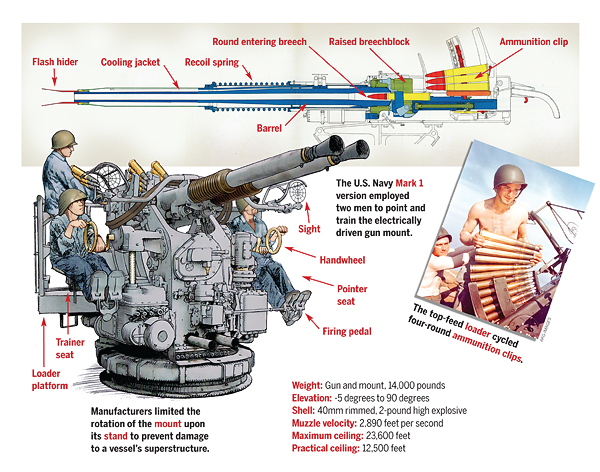The advent of the 10,000 ton / 8" heavy cruiser only lasted ten years. Created by the Washington Treaty, nobody liked them. The US and Japan wanted 15,000 ton ships because they needed long ranged ships for the Pacific. The Commonwealth wanted long range ships for Trade Protection, the County class but with decent armour. The Italian and Germans cheated on their ships displacement anyway so it did not matter to them. Treaty? Schmeaty. The Commonwealth stuck closer to the Treaty rules than most. For some reason 32 to 33 knots seemed to be the new gold standard for cruiser speeds. As with Capital ships, how fast you want your guns to go decides a lot about what the size of your ship can be. If you have a fixed tonnage (10,000 tons) then you can figure out the variables down to the last ton. Your armament is going to weigh so much, your armour so much, and to make it go 32 knots your machinery will weigh so much. The extras, like bunkers for fuel, varied depending on how far you wanted to go. All countries found that what they wanted to build would not fit within 10,000 tons, so they either cheated on the tonnage or dialed back on the areas they felt were less important till they got back to the 10,000 ton limit.

For Panagaea the 10,000 ton cruisers did not need to be fast, 30 knots would give the ships all of the radius of action they needed. The savings in machinery weight could be used in increasing the armour. The lesser amount of machinery also did not need as big a ship and they could be 30 feet or so smaller than most. The Panagaean Navy used the triple turret and three triple turrets did not weigh much more than four twins and took up no more space. The main role for these big cruisers was Trade Protection, so long range was a necessity, also search aircraft, that could be launched and retrieved, extended the 'eyes' of the ship outward.
See RPN Avenger (BC) for 1942 Q Force Battle. The three remaining ships were matched with the Illustrious to reform Force Q, which was then sent to Guadalcanal. The four ships were part of Admiral Halsey's Task Force and when Admiral Lee was detached with the Washington and South Dakota, Force Q went with them. The Illustrious was in the battle line that sank one Kongo class battlecruiser and crippled another, being finished off by Admiral Halsey's carrier aircraft the next day. The three Splendid Cats were then sent to join Admiral Scott and fought with his Task Force against Japanese cruisers and destroyers in night actions around the islands.
The large 40mm refit in 1943 was the last for these ships as it was decided they would fight the rest of the war with what they had already been fitted with. The 40mm with predictors were a great advance on the 2 pounders and 20mm they replaced. The twin 4" aft was removed and replaced with a pair of twin 40mm cannons. This was deemed necessary as the dive bombers liked to come from astern so they would have the length of the ship to aim at, and the 40mm would be better at putting off the bombers than the much slower firing 4". All three ships had been paid off and scrapped by 1950. No thought had been given to rebuilding these ships with new weapons such as missiles, being already too old.
